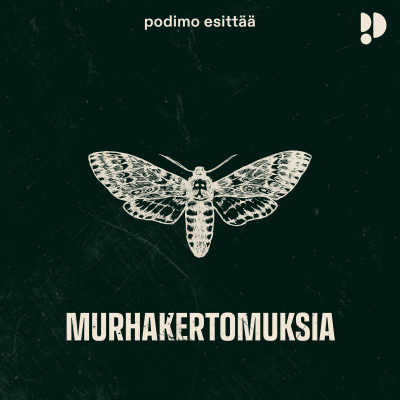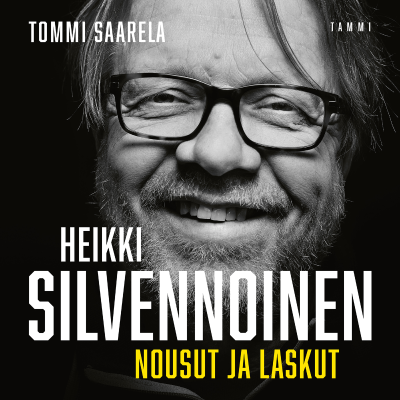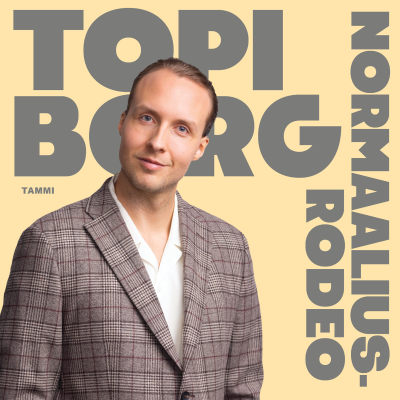
iBiology Videos
Podcast by iBiology
iBiology Videos features iBioSeminars, Famous Discovery Talks, Conversations in Science, Background to Breakthrough, and plenty of other great science videos. iBiology is a non-profit organization that provides free video content by the world’s leading scientists that show the process of science and the wonders of discovery. Learn more about us at www.ibiology.org
Aloita 7 vrk maksuton tilaus
Kokeilun jälkeen 7,99 € / kuukausi.Peru milloin tahansa.
Kaikki jaksot
20 jaksotDr. Norma Andrews overviews the mechanisms of cellular plasma membrane repair. As she describes, a lesion is followed by a Ca2+-dependent movement of vesicles to the plasma membrane. By studying how the Trypanosoma cruzi parasite enters the cell, Andrews’ laboratory discovered that an increase of intracellular calcium was triggering lysosomal fusion to the plasma membrane. This unexpected observation allowed them to conclude that upon an injury to the plasma membrane, a Ca2+ influx induces lysosomal exocytosis mediated repair. This research demonstrates that lysosomes are not only responsible for the degradation of material that comes inside the cell through endocytosis, but also have an important role in plasma membrane repair.
Andrews further explains how Ca2+-dependent exocytosis of lysosomes aids membrane repair. Her laboratory showed that after lysosomal exocytosis, an injury to the plasma membrane would also trigger a Ca2+-dependent endocytosis that is required for the repair mechanism. Andrews laboratory showed that lysosomes release the enzyme acid sphingomyelinase (ASM) which induce the endocytosis required for plasma membrane repair.
Injecting adult stem cells into the bloodstream could help regenerate tissue damaged by heart attacks. For this to happen, circulating stem cells need to exit blood vessels and reach the damaged tissue. While scientists knew that circulating stem cells are able to exit the bloodstream, how they did it was a mystery. In this lecture, Tyler Allen describes angiopellosis, a new way for circulating stem cells exit blood vessels when injected into the blood for therapies. This talk is part of the https://www.ibiology.org/playlists/young-scientist-series/, a video series produced that features young scientists giving talks about their research and discoveries.
Many of us are used to seeing cartoons of cells with organelles shown as static, isolated structures. The endoplasmic reticulum (ER) is often shown looking like a stack of pancakes pushed up against the nuclear envelope. In her first talk, Dr. Gia Voeltz explains that recent advances in light microscopy have given us a very different view of organelles and their interactions. The ER is, in fact, an expansive, and highly dynamic, network of tubules that spreads throughout the cell. It interacts with other organelles such as the plasma membrane, endosomes, and mitochondria at points called membrane contact sites. Using beautiful fluorescent images and movies, Voeltz shows us that these ER membrane contact sites are important for many functions such as trafficking lipids and Ca2+ and determining where mitochondria divide and endosomes undergo fission. These exciting findings define a new cellular function for the ER.
Voeltz explains how her lab used a BioID strategy to identify some of the proteins found at membrane contact sites between the ER and endosomes; a difficult task given the transient nature of contact sites. They were able to identify a number of proteins responsible for marking the timing and location of endosome fission and for recruiting the ER to the bud. Depleting these proteins blocked cargo sorting to the Golgi. Voeltz’ lab is now working to determine how much of this machinery is conserved in processes such as the mitochondrial
Aloita 7 vrk maksuton tilaus
Kokeilun jälkeen 7,99 € / kuukausi.Peru milloin tahansa.
Podimon podcastit
Mainoksista vapaa
Maksuttomat podcastit



















